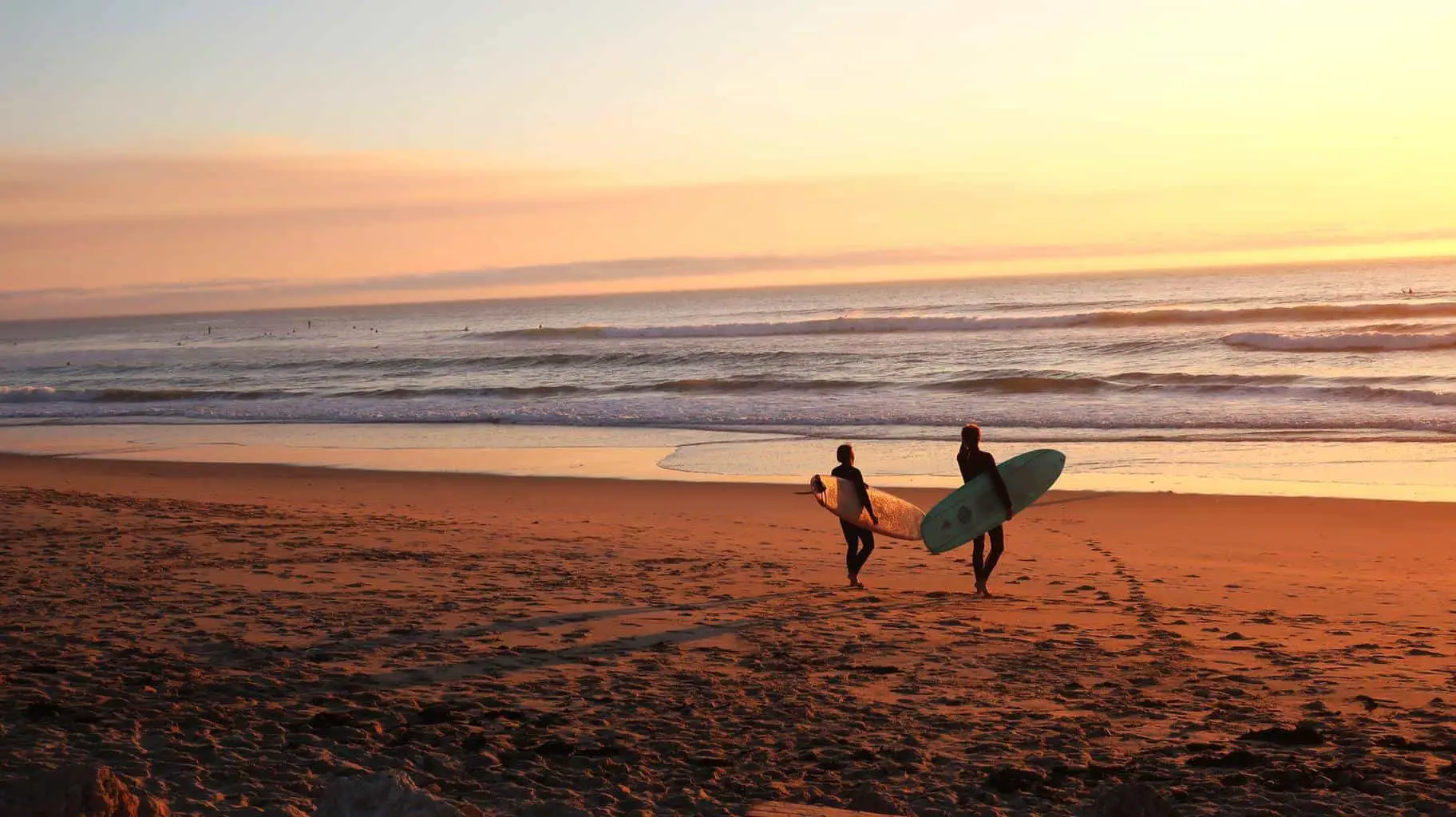If you are a surfer and are asked why surfing was invented, your response might be something like: “Because it is the most fun activity that exists on the planet”.
It is easy to see why surfing may have been invented for pure enjoyment, however, the history and purpose of surfing goes much deeper than an enjoyable day in the sun.
Surfing in Polynesian culture was seen as a spiritual practice and something that connected each individual to their gods.
It is no surprise that Hawaii is seen as one of the surf capitals of the world.
This article will look further into the origins of surfing, the development of surfing in Hawaii, how the extreme sport spread around the world, and how surf culture has changed over generations.
- Who Invented Surfing?
- What Was the Original Purpose of Surfing?
- What Is Surfing Called in Hawaii?
- How Did Ancient Hawaiian Culture Influence Surfing or Vice Versa?
- Did Surfing Use to Be Different Than It Is Today?
- How Did Surfing Become So Popular Worldwide?
- Conclusion
- You Might Also Like…
Who Invented Surfing?
When the invention of surfing is questioned, many people will jump to the conclusion that it originated in Hawaii.
Although Hawaiian culture was the first to popularize the sport, they are not the earliest recorded surfing society.
There is no evidence of when exactly surfing began, and therefore no way of knowing who invented it.
However, there is a lot of evidence of different cultures around the world developing the activity independently, although the time between these developments sometimes spans thousands of years.
Origin of Surfing in Peru
Dating back nearly 5000 years, there is evidence of ancient Peruvian society riding waves.
According to modern scientific archaeology, pottery dated back to around 1000 B.C. showing individuals riding on boats similar to a modern-day surfboard puts the first surfed waves more than 1000 years before the first settlers in Hawaii.
The “surfboards” used in Peru were more boat-like and used for more than recreation.
Made entirely out of grass and reeds, these boats still represent a modern-day surfboard.
However, the use of them was closer to that of a SUP, as a paddle was used to get past the waves and catch them back to shore.
Origin of Surfing in Polynesia
Coming forward to roughly 400 A.D., Polynesians from the Marquesas islands found their way to Hawaii.
Known as the fathers and mothers of surfing, Polynesians developed a surf culture that we still embrace today.
The Samoans and Mauis have been known to ride on boards similar to bodyboards, while it is the Tahitians that are the first recorded Polynesians to stand on a surfboard.
It is believed that it was these Tahitians that eventually made their way to the Hawaiian islands around 1000 years ago where surfing became more than just a form of transport.
Other Origins of Surfing
Although Peru and Polynesia are the most popular when discussing the invention of surfing, evidence of SUP style riding of boards is found in India, and records of surfing waves along the west coast of Africa can also be seen.
There is no way to know why surfing in west Africa died out.
However, it is assumed that this was due to the slave trade that took part in these areas.
What Was the Original Purpose of Surfing?
The original purpose of surfing entirely depends on which origin you decide to look at.
Looking at surfing in South America, the activity seems to be a more practical reason, while in Hawaii the surf culture was more of a spiritual and societal practice.
The Original Purpose of Surfing in Peru
In Peru, the reed boats, called caballitos de totora, were used by fishermen as their shapes easily allowed them to get past the wave breaks.
When returning to the shore, some fishermen would stand up on their boards and use the paddles to catch the waves, thus making it easier to get back to land.
As mentioned above, this approach to surfing was purely practical and not done as a fun pastime.
The Original Purpose of Surfing in Hawaii
Being a Sea God worshiping culture, the Hawaiians believed that by performing water based activities such as sailing, swimming, and fishing, they would please their Gods.
However, surfing was the highest honor they could perform.
From the shaping of a board to the waves individuals got to surf, this activity was a spiritual practice.
It is from this that it became known as the sport of the Gods.
Not only was surfing seen as a gift to the Gods, but it influenced the societal standings.
Kings would get to surf the best waves (small smooth rolling waves) and were allowed to surf on huge boards.
Lower ranked citizens would surf on shortboards and be left the rough waves (the barreling waves that we all dream of today).
It is also said that surfing was used as a means to resolve conflict between families, where speed, style, and grace were taken into consideration to choose a winner.
In these societies, the best surfers had the most wealth, respect, and family.
What Is Surfing Called in Hawaii?
Surfing in Hawaii is known as he‘e nalu.
As mentioned above, this was more than just a fun pastime and showed a lot about class.
Some other interesting Hawaiian words associated with surfing include
- Ali’i: Royalty
- Olo: Surfboards ridden by the Ali’I. These boards were 14-16 feet long and made from wiliwili trees
- Maka’ainana’: Commoners
- Alaia: Shorter boards ridden by the maka’ainana’ which were only 10-12 feet long and made from koa wood.
How Did Ancient Hawaiian Culture Influence Surfing or Vice Versa?
Modern-day surfing has been greatly influenced by the ancient Hawaiian surf culture.
Although different in many ways, some key aspects have continued through the ages.
Competition styles, board shapes, surf etiquette, and in some cases a sense of spiritual connection with nature/God, are all things that remain similar to today.
Competition Styles
It was common to compete against different families in the tribe for wealth, respect, and in some cases romance.
In these competitions, smoothness, style, grace, speed, and the size of the wave were all taken into account before nominating a winner.
As with modern surf competitions, the degree of difficulty, new move, a combination of maneuvers, the variety of maneuvers, the speed, power, and flow are the basis for the grading system.
Although in Hawaiian culture they were not performing 360 aerials, it is easy to see how the speed, power, style, and flow aspects overlap.
Board Shapes
The shape of today’s surfboards very closely represents those of the olo and alaia of previous Hawaiian culture.
Although the traditional Hawaiian boards did not have fins, and therefore a change in direction was don’t with hands and feet, the wooden style and shape are almost identical.
Furthermore, the size of the board and their uses remain the same to this day.
Wider, longer boards for smooth rolling waves, and shorter performance style boards for crashing, barreling break.
Surf Etiquette
The best waves were reserved for royalty.
Although this is not strictly true in the waters of today, there is a somewhat silent rule that allows the best surfers the best waves, and newbies what is left.
If you ask a surfer what the most disrespectful thing you can do to another surfer in the water is, the response is likely to be “dropping in on their wave”.
This rule seems to have been true as far back as the beginning of surfing in Hawaiian culture, where taking another’s wave could lead to problems, and dropping in on a wave that a royalty wanted to ride could lead to death.
Spiritual Connection With the Earth/God
As mentioned many times above, the entire surf culture of Hawaii was based on spiritual practice.
This origin has been mostly forgotten in many surf communities around the world.
However, when speaking to an individual surfer, they will tell you about the connection they feel when in the water.
Known today as soul surfers, these are people that completely give themselves to the sport.
Training their body, mind, and soul to a point of reaching what is considered enlightenment within the practice. This is considered similar to becoming a yogi for some surfers.
Did Surfing Use to Be Different Than It Is Today?
When considering the varieties of surfing origins, the sport has changed in many ways.
In comparison to the Peruvian practice, surfing is almost 100% different, from the boards to the style of riding waves, as well as the purpose.
Comparing modern-day surfing to that of the Hawaiian culture, many things remain the same. However, there are a few significant differences.
- The ideal waves: Although all shapes of waves are still ridden, in ancient Hawaii, the best waves were the slow-rolling smooth waves that break in a single direction (these were for royalty only).
Bigger crashing waves that formed perfect barrels were considered less ideal and left for the commoners.
Today, it is the opposite. Large barreling waves are what every surfer seeks, while the smaller rolling waves are left to the newcomers.
- The ideal board: As mentioned before, the biggest boards were strictly for the best surfers and the royalty in Hawaii.
Here, once again, this is the opposite for today. New surfers tend to learn on large boards with the goal of progressing to a shorter more dynamic board shape as their skill grows.
- The reason to surf: Although Hawaiians did surf for enjoyment, each moment in the water was thanks to their Gods and a spiritual moment.
In today’s surfing world, the water tends to become a competitive aggressive environment or an arena for competition without a spiritual connection.
How Did Surfing Become So Popular Worldwide?
After the arrival of the Haole, which is a derogatory term for non-native Hawaii (loosely translates to those without the breath of life), surfing was nearly completely lost around the 1880s.
European missionaries saw surfing, nakedness, and the gambling that was involved in the activity as sinful and preached against it.
Forcing Hawaiians to work on sugar cane plantations and introducing alcohol, there was little time left for the natives to surf.
In the early 1900s, there were very few surfers.
However, three things saved the sport and spread it around the globe.
- Three Hawaiian princes, in 1885, were sent to college in California and took their surfboards with them.
As they rode the waves along the west coast, they became legends in the eyes of Americans and were called things like “the men that walk on water”.
- George Freeth, an Irish Hawaiian, was the first commercial surf teacher. Along with Hume Ford, George saw the potential of rich tourists coming to Hawaii and began advertising the sport to the upper class.
George Freeth began work at the first hotel in Waikiki known as the Surf Rider Hotel.
Some incredibly influential people visited the hotel, including famous writer Jack London (author of White Fang and Call of the Wild).
- Duke Kahnamoku, known as The Duke, is considered to be the person who pushed the most towards modern surfing.
The Duke, by the age of 15 was the world’s fastest freestyle swimmer and created the kicking style that is still used today.
In 1912 he was invited to Stockholm to the first official Olympic games (Sunshine Olympics).
The Duke shredded his competition until the last round where he did not show up to the event.
As he was the best swimmer in the world, the other competitors refused to swim until he was found.
After winning the race, The Duke offered repayment for the amazing gesture of refusing to race without him to the second-fastest swimmer who happened to be Australian.
As repayment, the Australian asked The Duke to go to Australia with him to teach his swimming technique, as well as how to surf (which was something The Duke constantly spoke about).
From here the sport spiraled out of control to new board designers, competitions, and the different wave breaks around the world to places such as Japan due to WW2.
Conclusion
To answer why surfing was invented is difficult, as it will depend on the origin that you look at.
When looking at modern surfing, it is the Hawaiian origin that truly pushed surfing to what it is today.
Coming from a spiritual practice, surfing has held true and made it through the ages to a point where there are currently 35 million surfers worldwide.
You Might Also Like…
-

Do Surfers Ride Switchfoot? 5 Benefits (& Why You Should Learn It)
-

Do Surfers Shave Their Legs? 5 Common Reasons (+Pros & Cons)
-

Do Surfers Wear Helmets? 8 Situations You Should Wear One (+4 Cons)
-

Do Surfers Poop in the Ocean? Myths & Facts (+5 Tips)
-
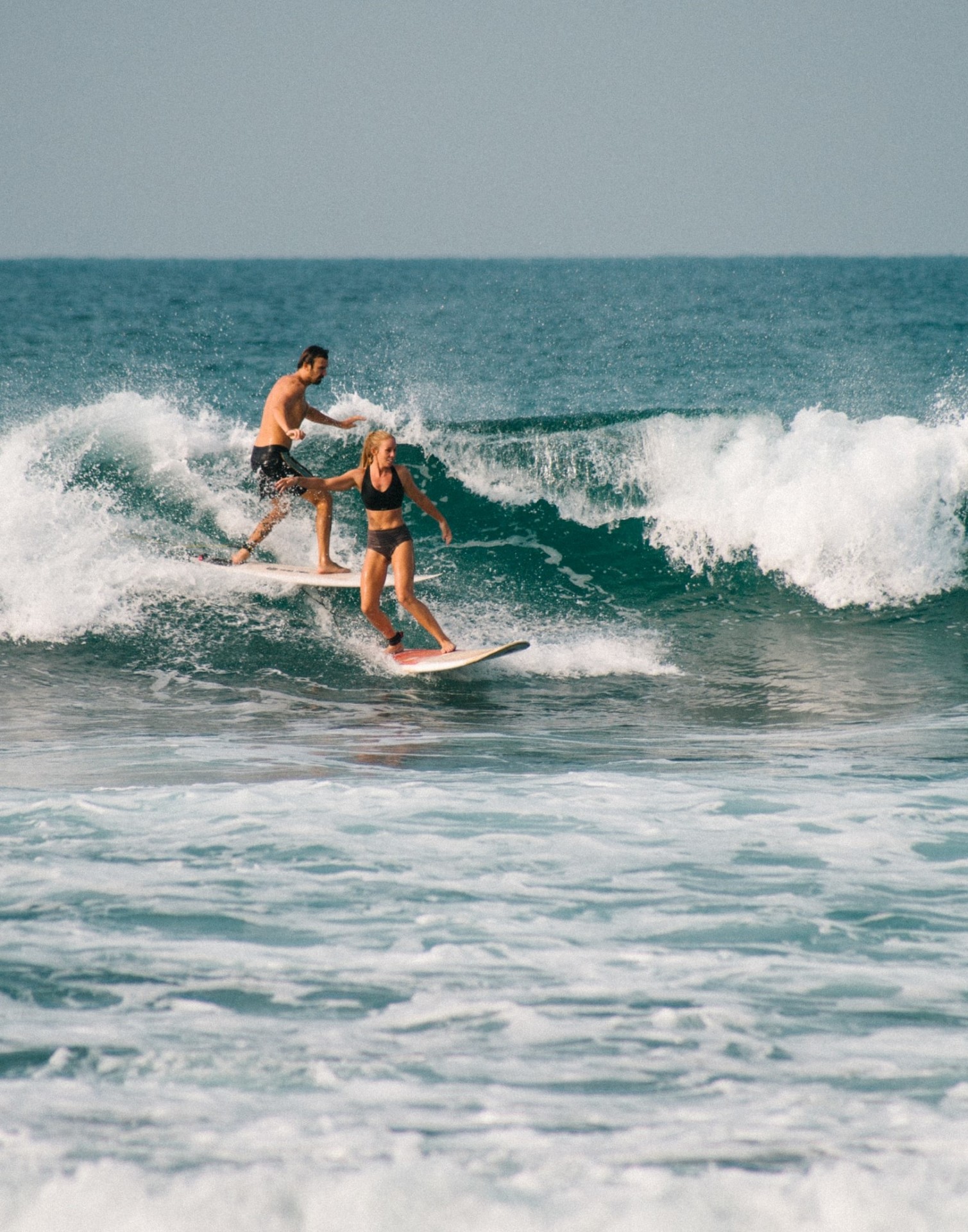
Do Surfers Run Into Each Other? 5 Common Reasons (+8 Tips)
-
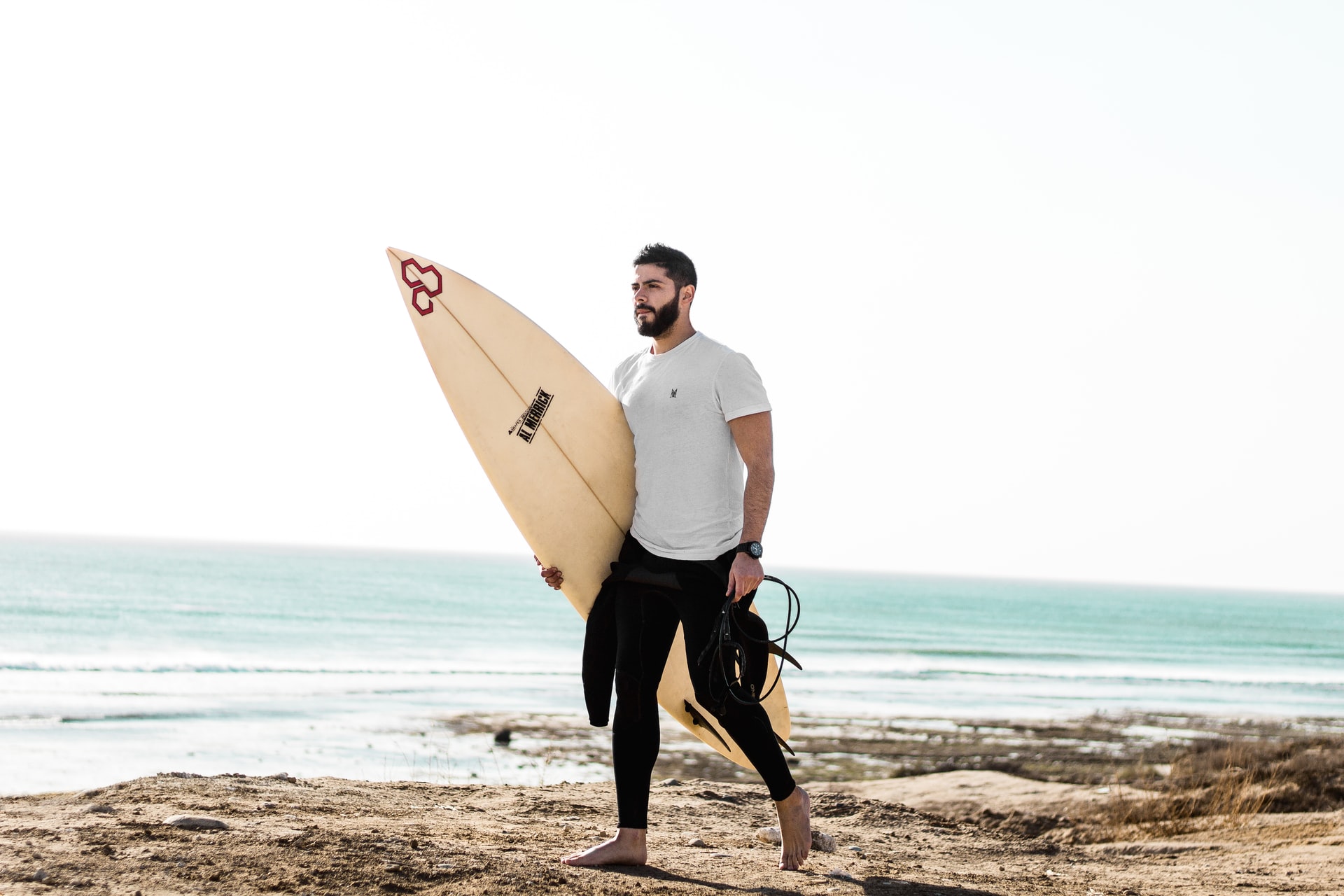
Do Surfers Have Beards? Pros & Cons You Should Know (+4 Tips)
-
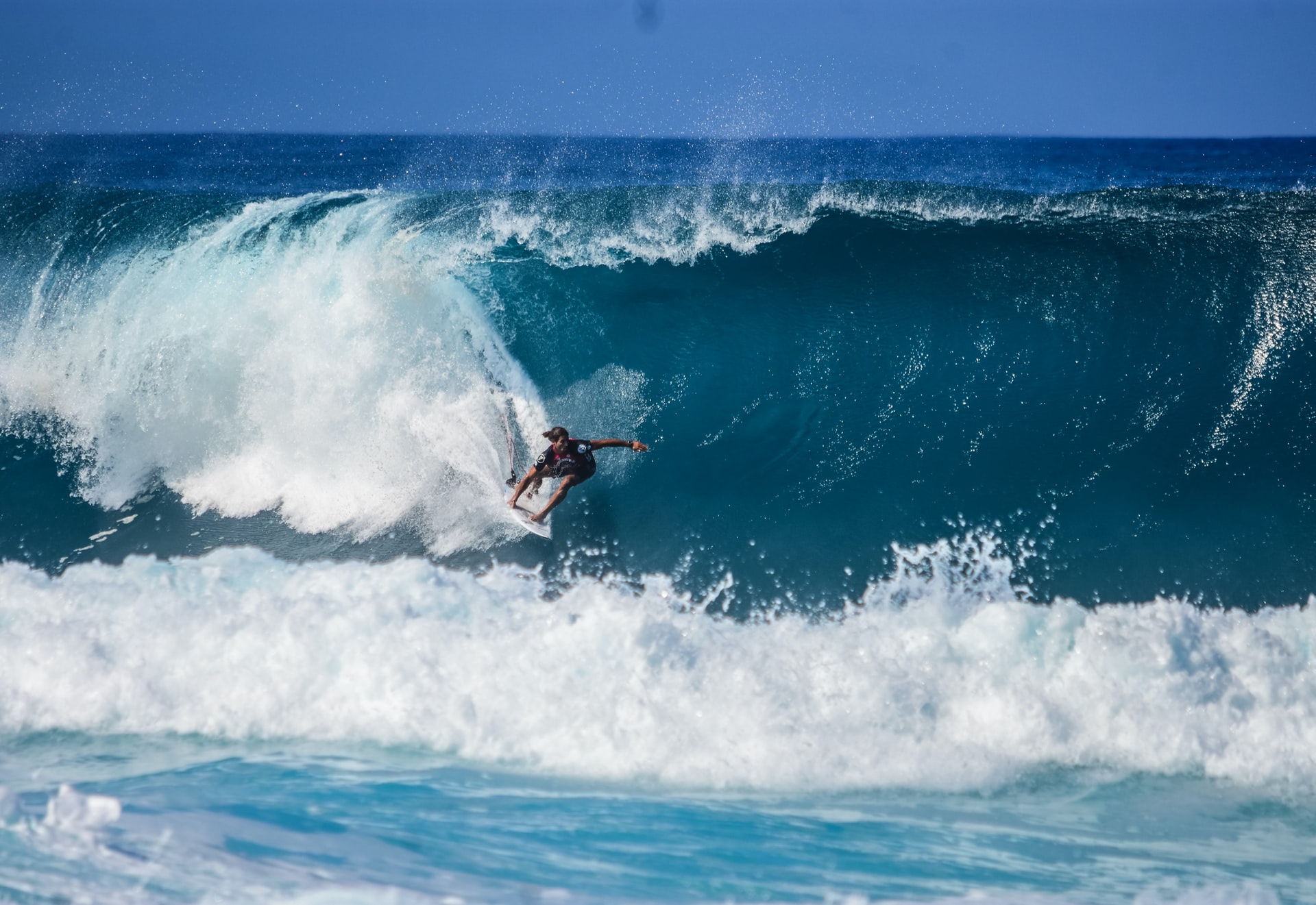
Do Surfers Like Constructive or Destructive Waves? (+Pros & Cons)
-
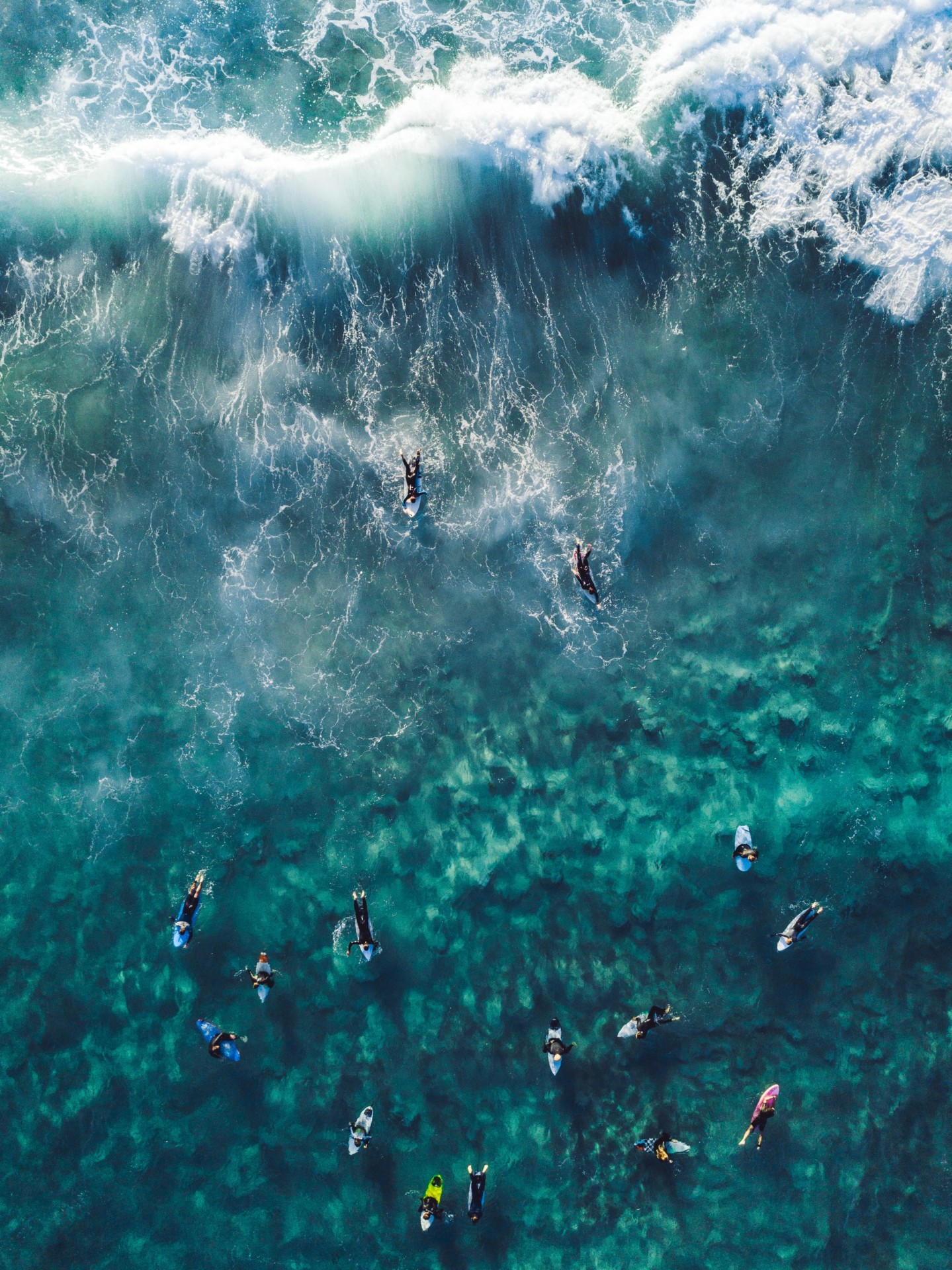
How to Surf Safely: 34 Crucial Tips (Every Surfer Should Know)
-
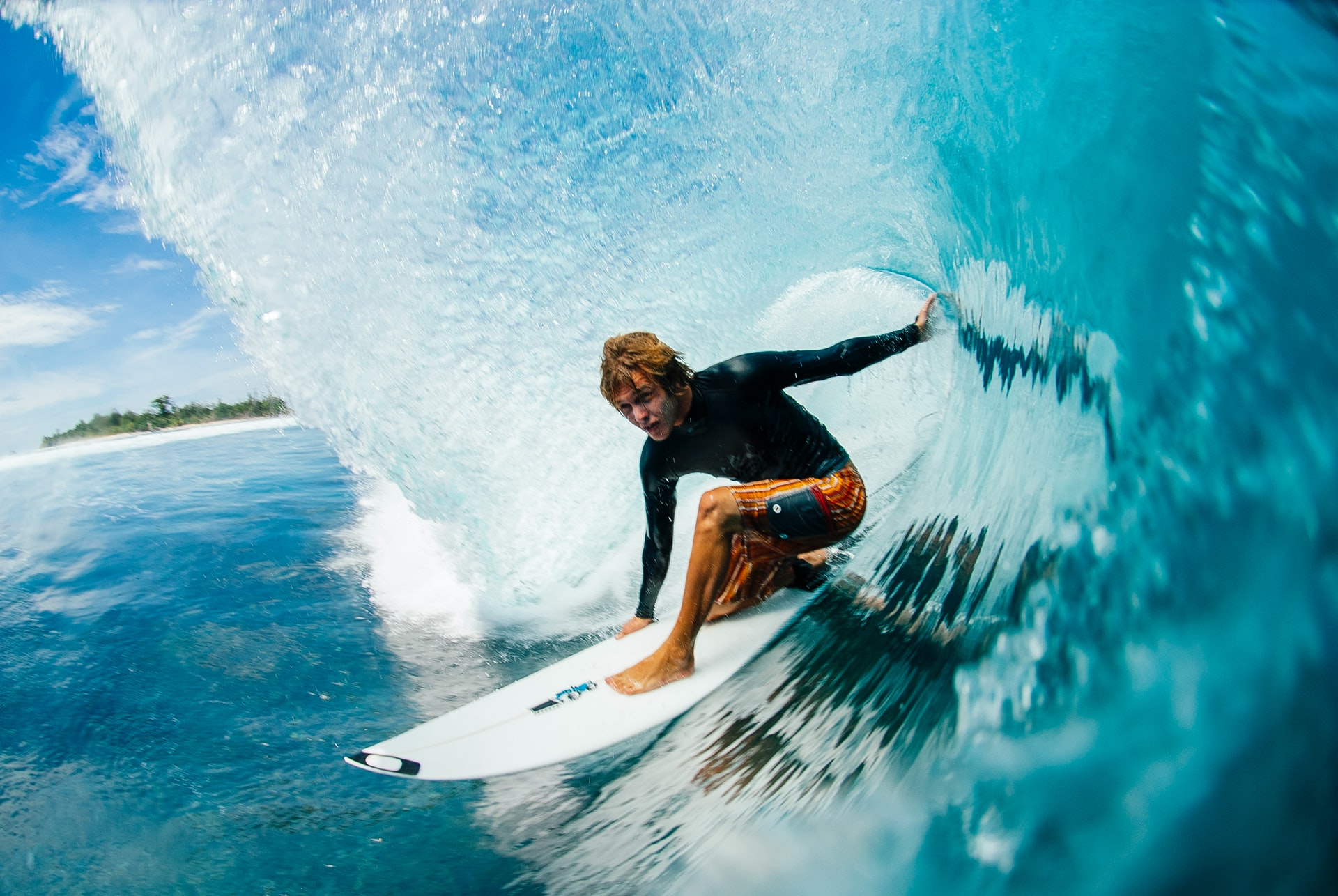
Do Pro Surfers Use Leashes? (+6 Reasons Why You Should Too)
-
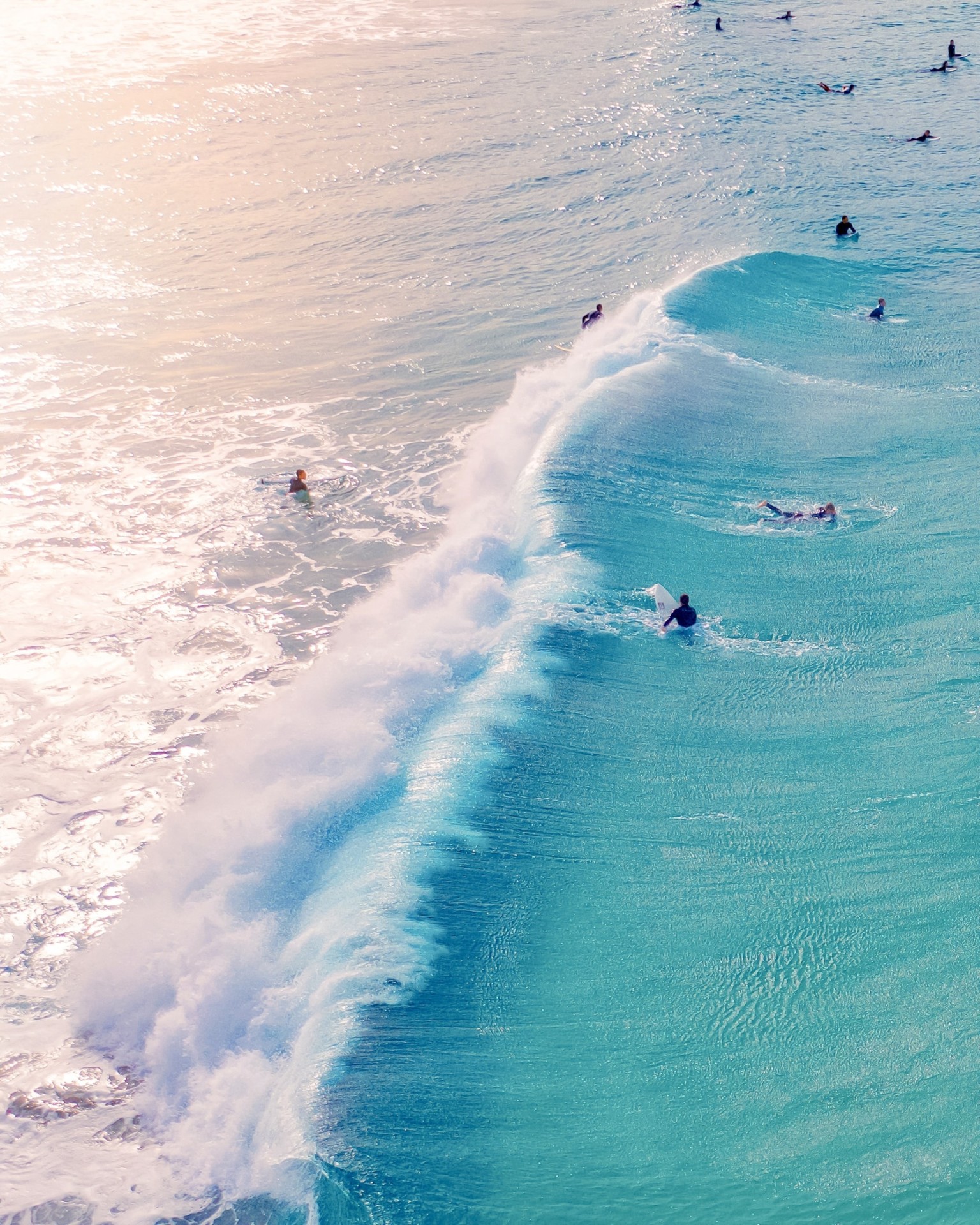
Do Many Surfers Drown? Here Are the Facts (+4 Common Reasons)
-
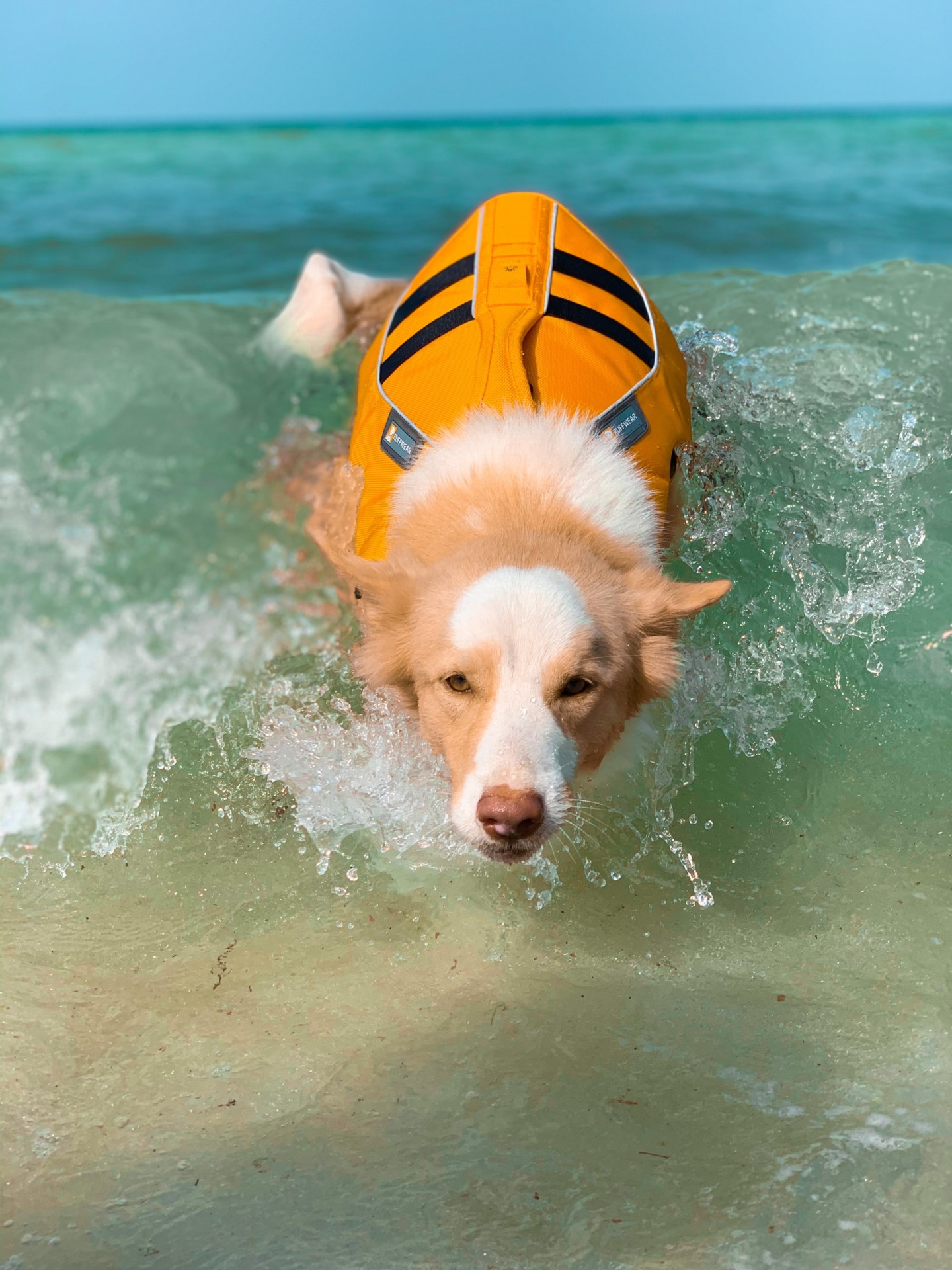
Do Surfers Wear Life Jackets? (7 Reasons Why They Don’t)
-
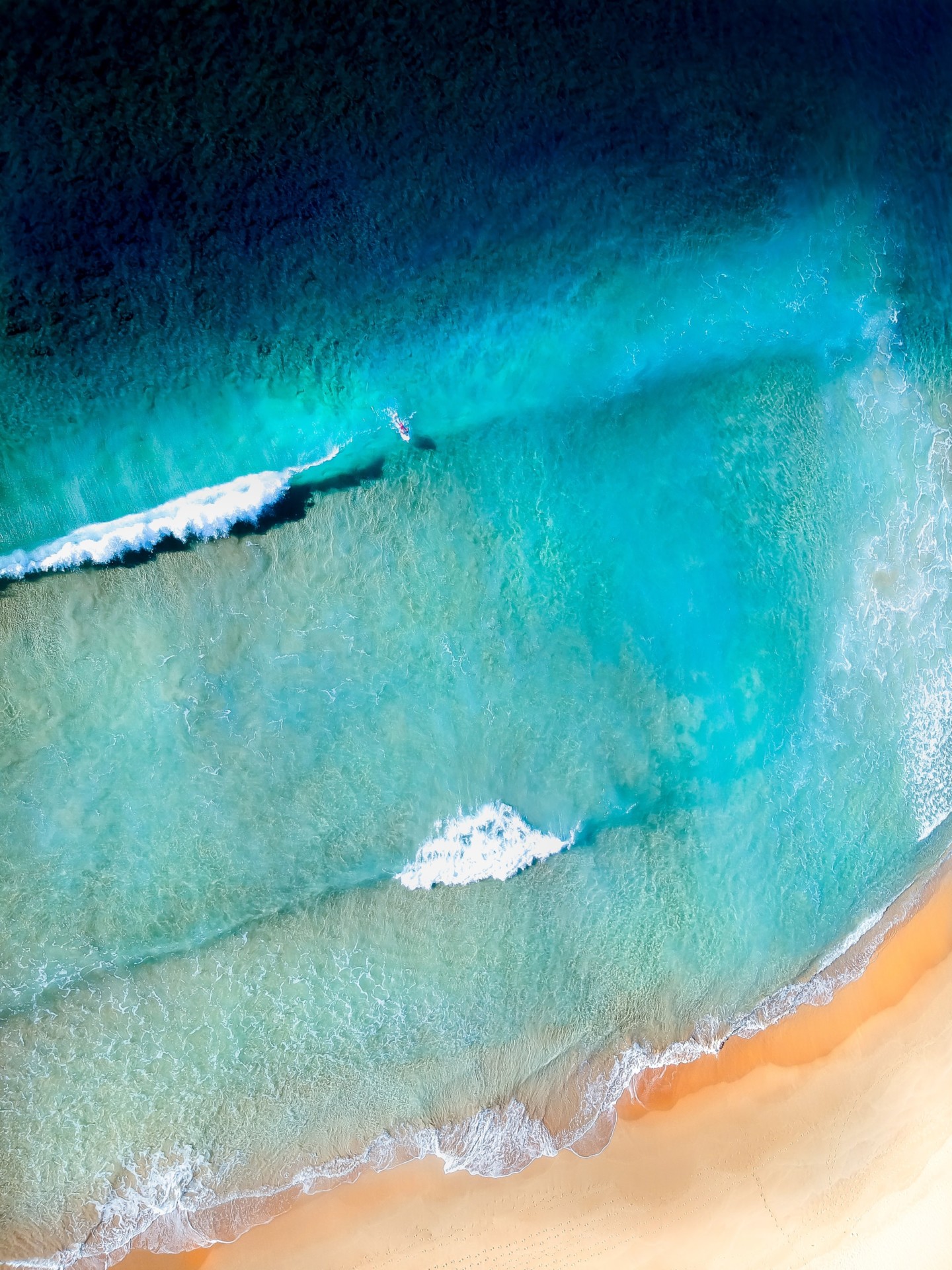
Do Surfers Like Rip Currents? (& How to Use Them Safely)

